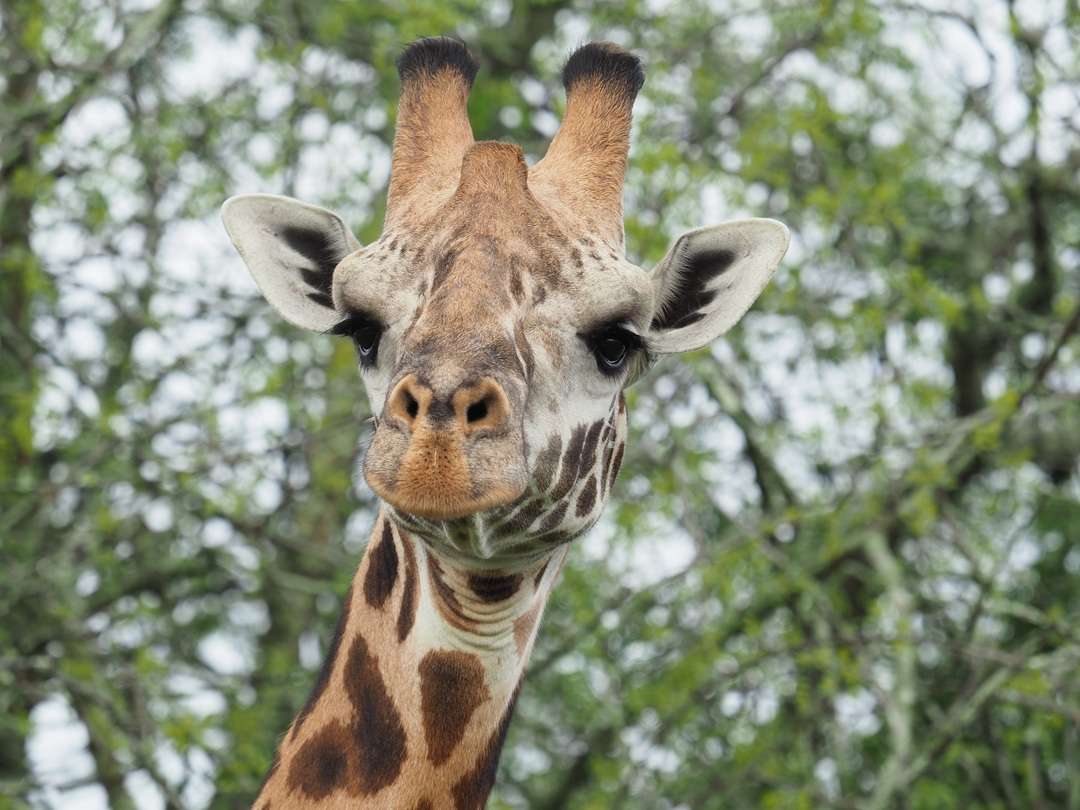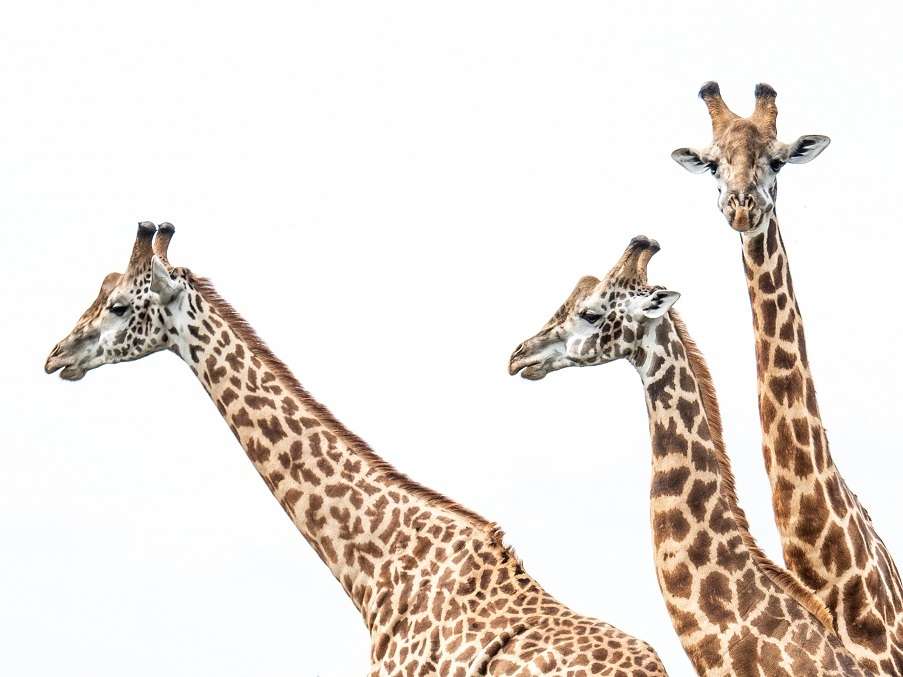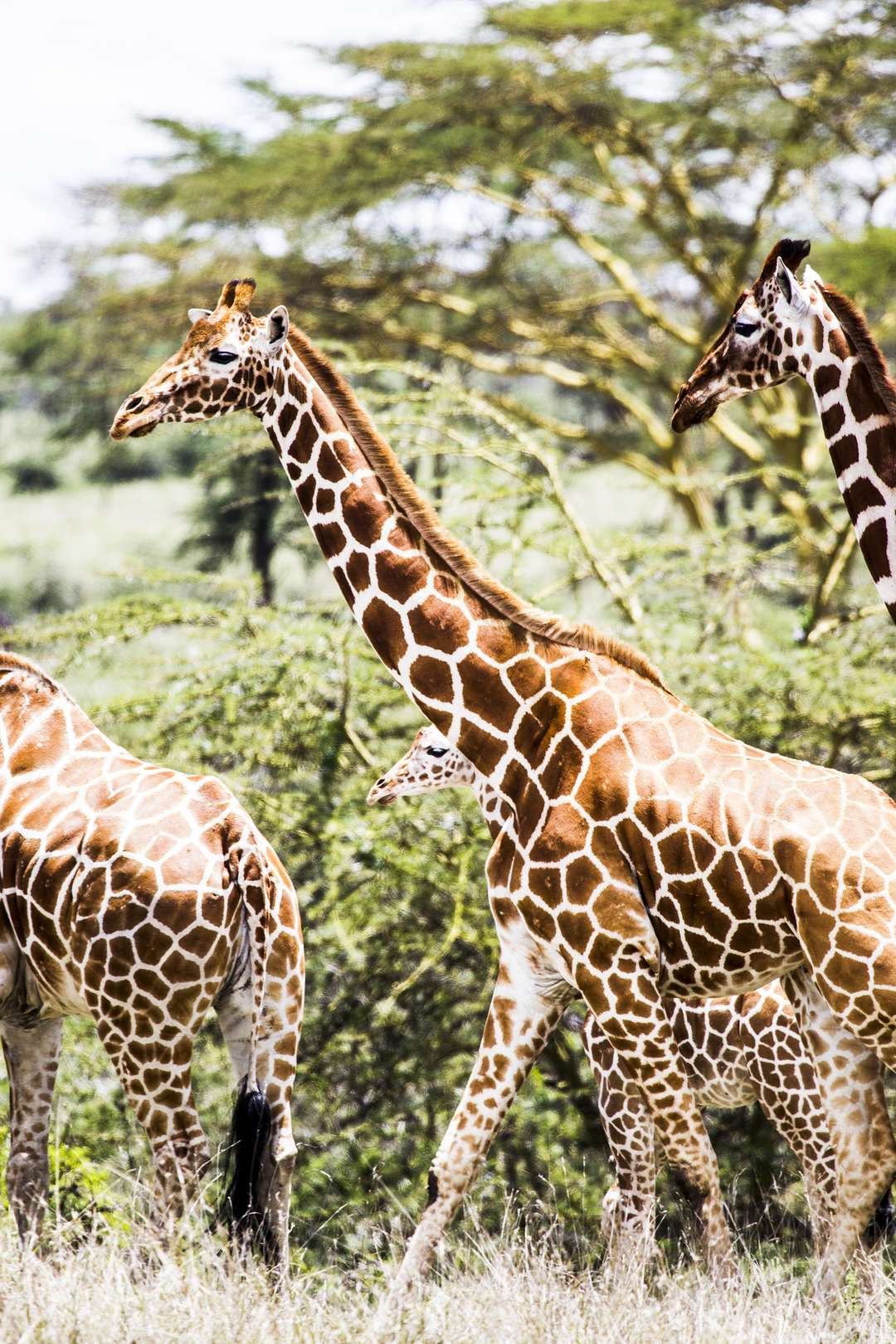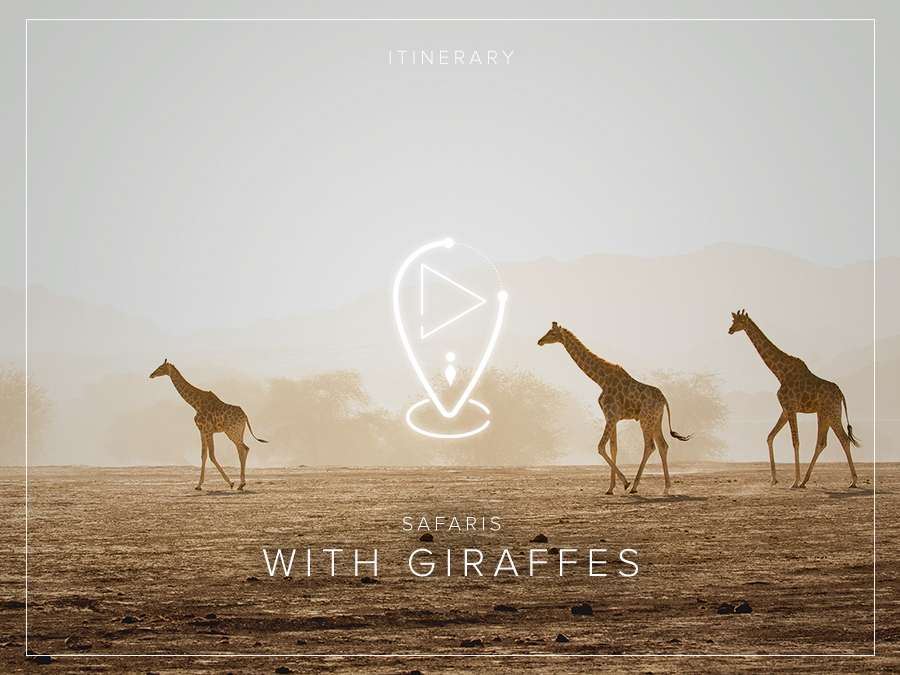World Giraffe Day is an exciting annual event initiated by the Giraffe Conservation Foundation (GCF) to celebrate the tallest animal on the longest day or night (depending on which hemisphere you live in) of the year – 21 June – every year!

The IUCN currently recognises one species (Giraffa camelopardalis) and nine subspecies of giraffe, which is historically based on assessments of their morphological features and geographic ranges. The subspecies are thus divided as follows: Angolan giraffe (G. c. angolensis), Kordofan giraffe (G. c. antiquorum), Masai giraffe (G. c. tippleskirchi), Nubian giraffe (G. c. camelopardalis), reticulated giraffe (G. c. reticulata), Rothschild’s giraffe (G. c. rothschildi), South African giraffe (G. c. giraffa), Thornicroft’s giraffe (G. c. thornicrofti), and West African giraffe (G. c. peralta).

However, the GCF (which I tend to agree with ), has performed the first-ever comprehensive DNA sampling and analysis (genomic, nuclear and mitochondrial) of all major natural populations of giraffe throughout their ranges in Africa. As a result, an update of the traditional taxonomy now exists. This study revealed that there are four distinct species of giraffe, and five subspecies.
The four distinct species are Masai giraffe (G. tippelskirchi), northern giraffe (G. camelopardalis), reticulated giraffe (G. reticulata) and southern giraffe (G. giraffa). The Angolan giraffe (G. g. angolensis) and South African giraffe (G. g. giraffa) are the two subspecies of southern giraffe. Nubian giraffe (G. c. camelopardalis), Kordofan giraffe (G. c. antiquorum) and West African giraffe (G. c. peralta) are the three subspecies of northern giraffe. Rothschild’s giraffe is genetically identical to the Nubian giraffe. As the nominate species, Nubian giraffe takes precedence and Rothschild’s giraffe is thus subsumed into it.

Wilderness currently helps conserve two species and two subspecies based on the updated giraffe taxonomy. 1). Southern giraffe South African giraffe subspecies (Botswana and Zimbabwe), Angolan giraffe subspecies (Namibia) and 2). Masai giraffe (Rwanda and Kenya). The total population for southern giraffe is estimated to be only 52 050 individuals, and 32 500 for Masai giraffe.
The conservation status of seven of the currently IUCN-recognised nine giraffe subspecies has been assessed – five of these subspecies for the first time ever. Three of the giraffe subspecies are now listed as Critically Endangered (West African, Kordofan and Nubian giraffe) and Endangered (reticulated giraffe), while others range from Vulnerable (Thornicroft’s) to Near Threatened (Rothschild’s giraffe). Only Angolan giraffe – with their stronghold in Botswana, Namibia and Zimbabwe – seem to be doing ok and are listed as Least Concern. Only the South African and Masai giraffe are yet to be assessed. While South African giraffe appear to be doing well, Masai giraffe numbers have plummeted and will most likely be placed within one of the threatened categories of the IUCN Red List.
We have put together 5 best Wilderness Safaris camps to see Giraffes, here.

Human population growth poses the largest threat to giraffe in Africa today as this brings habitat loss due to agriculture and mining, illegal hunting, as well as increasing human-wildlife conflict.




